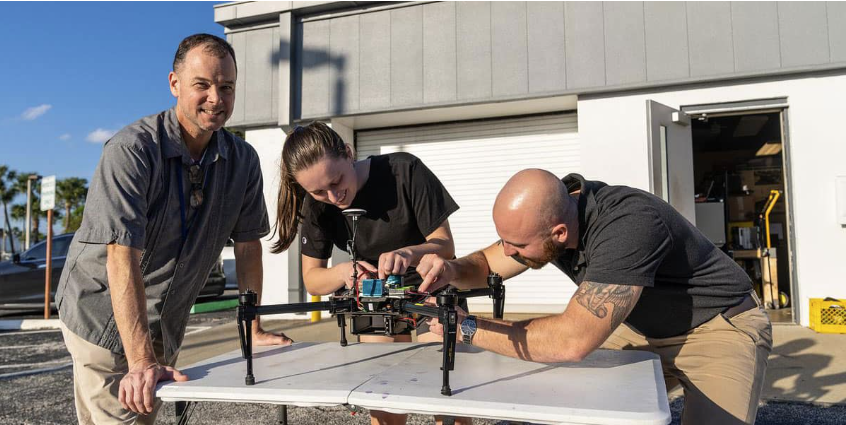Document Type
Article
Publication/Presentation Date
2012
Abstract/Description
An inverse approach is formulated using proper orthogonal decomposition (POD) integrated with a trained radial basis function (RBF) network to estimate various physical parameters of a specimen with little prior knowledge of the system. To generate the truncated POD-RBF network utilized in the inverse problem, a series of direct solutions based on FEM, BEM or exact analytical solutions are used to generate a data set of temperatures or deformations within the system or body, each produced for a unique set of physical parameters. The data set is then transformed via POD to generate an orthonormal basis to accurately solve for the desired material characteristics using the Levenberg-Marquardt (LM) algorithm to minimize the objective least squares functional. While the POD-RBF inverse approach outlined in this paper focuses primarily in application to conduction heat transfer, elasticity, and fracture mechanics, this technique is designed to be directly applicable to other realistic conditions and/or relevant industrial problems.
Publication Title
Inverse Problems in Science and Engineering
Required Publisher’s Statement
On author's personal website or departmental website immediately//On institutional repository or subject-based repository after either 12 months embargo//Publisher's version/PDF cannot be used.
Scholarly Commons Citation
Rogers, C. A., Kassab, A., Divo, E., Ostrowski, Z., & Bialecki, R. (2012). An Inverse POD-RBF Network Approach to Parameter Estimation in Mechanics. Inverse Problems in Science and Engineering, 20(5-6). Retrieved from https://commons.erau.edu/db-mechanical-engineering/23

